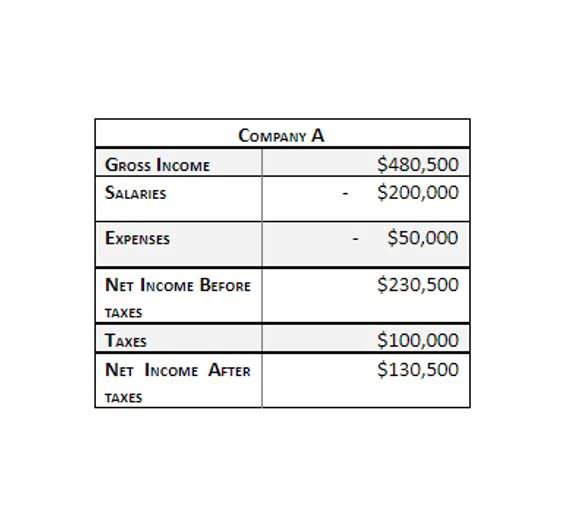
Then, pull reports from your accounting system, compare balances (e.g., Subsidiary A’s receivable vs. Subsidiary B’s payable), and flag any gaps. Establishing firm, group-wide cut-off procedures for recording period-end https://www.bookstime.com/ transactions can eliminate the most frequent reconciliation headaches. Check each company’s records for accounts like receivables (money owed to them), payables (money they owe), loans, revenues, or expenses tied to other group companies. Eliminations fix this by canceling out these internal deals, ensuring your reports are accurate, clear, and don’t double-count money that stayed within the group. This helps investors, creditors, and regulators see your group’s true performance, building trust and supporting better business decisions. Correctly handling those transactions in your company’s group reports can prevent inflated numbers and provide a clear picture of overall performance.
- This reduces the risk of non-compliance penalties and ensures accurate tax filings.
- Technology solutions are emerging to support an integrated transaction flow across platforms.
- Financial controllers need to first identify how IFRS 15 and IFRS 16 impact existing intercompany transactions.
- You can track financials and create reports for an unlimited number of related companies within your organization.
- Data analytics can identify patterns and anomalies in an intercompany transaction.
Automate Reconciliation Software
With AI-driven automation, accounting teams gain real-time visibility into intercompany balances through intuitive dashboards, ensuring transparency and compliance. This enables businesses to take better, data-driven decisions, resulting in overall improvement in financial reporting. Automation offers a game-changing solution to navigate through these challenges. By leveraging AI-driven reconciliation tools, organizations can accelerate matching processes, improve accuracy, and gain real-time visibility into intercompany balances. This blog explores everything you need to know about automating intercompany reconciliation; from understanding its key challenges to selecting the right technology and best practices for implementation.

Manual Vs Automated Intercompany Reconciliation

As transaction volumes surge (especially in fintechs and digital banks), old systems buckle under load. Analysts often copy-paste data between systems, losing context and increasing risk of human error. Unlike standalone AML tools that perform single tasks — such as screening or monitoring — AML system software brings together every major component of compliance into one cohesive platform. APRA’s role has expanded to include careful oversight of technology, operational resilience, and data integrity. Banks submit detailed financial, operational, and risk data on a scheduled basis. The term “prudential regulation” refers to the rules and oversight that ensure financial institutions remain safe, stable, and financially sound.

Step 6: Documentation and Reporting

An automated solution enables a center of excellence to be developed for Intercompany, ensuring that the reconciliations, exception handling, settlements, and clearing can be managed centrally. Once the records match, create journal entries to remove the intercompany transactions. These entries are only for the combined financial statements and don’t change each company’s own books. Intercompany eliminations are adjustments made when combining financial records to remove the effects of transactions between companies in the same intercompany reconciliation group. This ensures the final financial statements only show dealings with outside parties, treating the group as one business. Well, think of it as the glue that holds your financial statements together.
- This functionality makes sure to abide by the international standards for accounting and reduce the risk of errors occurring from currency conversion.
- Eliminations fix this by canceling out these internal deals, ensuring your reports are accurate, clear, and don’t double-count money that stayed within the group.
- Companies that do this well can give out financial reports on time and with the right numbers.
- HighRadius stands out as a challenger by delivering practical, results-driven AI for Record-to-Report (R2R) processes.
Simplifying this process not only saves time but also supports better decision-making. Not only that, it also builds a stronger financial foundation for the future. With the right approach, the process will be a seamless part of your financial operations. Through optimising your reconciliation process, your large company can unlock these advantages. This can be the way for stronger financial performance and sustained growth. Streamline your routine accounting tasks for every client, without losing margins.
How do you reconcile an intercompany?
The setup process for SAP ICR can seem like scaling Bookkeeping for Startups a mountain at first glance, but with the right steps, you’ll reach the summit easily. Start by ensuring that all relevant SAP modules are correctly installed and functional. This means you can leverage existing data and workflows, reinforcing a unified approach across your enterprise.